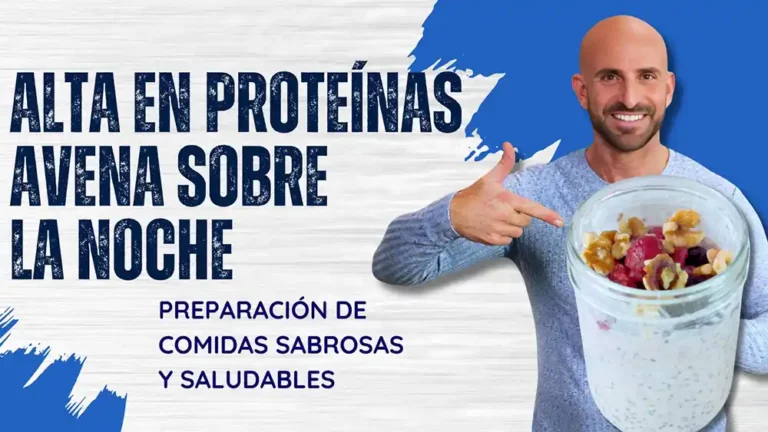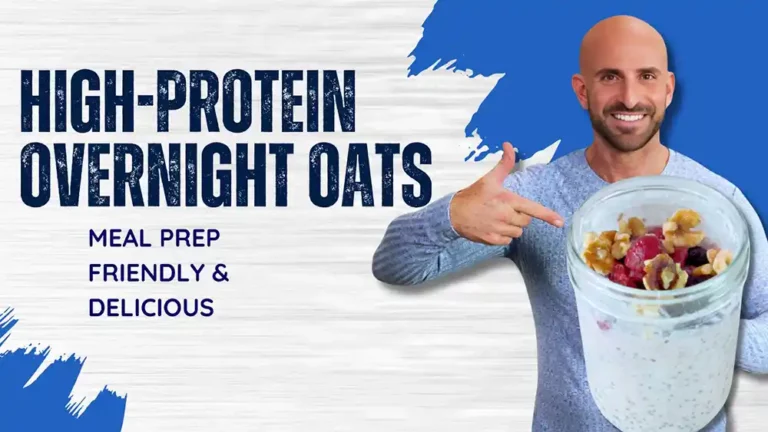This article covers how to restore healthy gut flora before and after treatment with antibiotics, and the impact antibiotics have on your gut health. I’ll discuss top questions and answers about MRSA (including my own experience), antibiotics, and what to eat to restore your gut health.
Last month I had a skin infection, MRSA (Methicillin-resistant Staphylococcus aureus), that landed me in the ER. I was then hospitalized for 12 days. Even post hospital, my recovery lasted three more weeks. While in the hospital, I knew it was important to be proactive about restoring my gut flora, because the antibiotics for MRSA were quickly going to work on ALL of the bacteria in my gut.
To understand why this even matters, let’s dive into how antibiotics work, what they do to bacteria in your body, and how to restore healthy gut flora once antibiotics are in the picture.
And don’t forget, this is a cooking show after all! So, we’ll top off this information with two gut-friendly meals including a probiotic mango kefir smoothie, and a probiotic + prebiotic bean and veggie salad.
How Do Antibiotics Work?
Antibiotics are mighty drugs that people are given when they have a bacterial infection. They target bacteria causing infections, and kill or decrease the growth of that bacteria.
Unfortunately, antibiotics don’t stop at only killing bad bacteria. Instead, antibiotics kill good bacteria too. So antibiotics affect your entire microbiome. When an imbalance of good and bad bacteria happens, the microbiome can become unhappy, and this has consequences for problems with digestion, inflammation, and even mood and brain health.
Do We Have Bacteria On Our Skin?
YES! The human body contains trillions of microorganisms — outnumbering human cells by 10 to 1. Bacteria live on the skin, inside the nose, in the throat, in the mouth, in the vagina, and in the gut. One common bacteria that lives in our skin is staph.
What is The Gut Microbiome?
Your gut microbiome is home to trillions of bacterial cells, which do a lot of work for your health. Did you know that there are more bacteria living in your gut than people on this planet?
A gut microbiome that’s filled with good bacteria can communicate to the cells in the immune system that not every “foreign” microorganism is harmful and needs to be attacked. But when the gut microbiome is imbalanced, it can’t properly communicate with the immune system, which results in your body attacking its own healthy cells.
How to Restore Healthy Gut Flora (Gut Microbiome) During and After Antibiotic Treatment
Probiotics that can help restore your gut flora during and after antibiotic treatment are Bifidobacterium, Lactobacillus, Lactococcus lactis.
To help restore my healthy gut after the hospital, I ate foods with probiotics and prebiotics every day. Typically, it will take the body time to balance the microbiome back to healthy, diverse bacteria levels. In fact, research shows that it takes about 6 months to recover from the damage done by antibiotics.
Probiotic Foods Lists
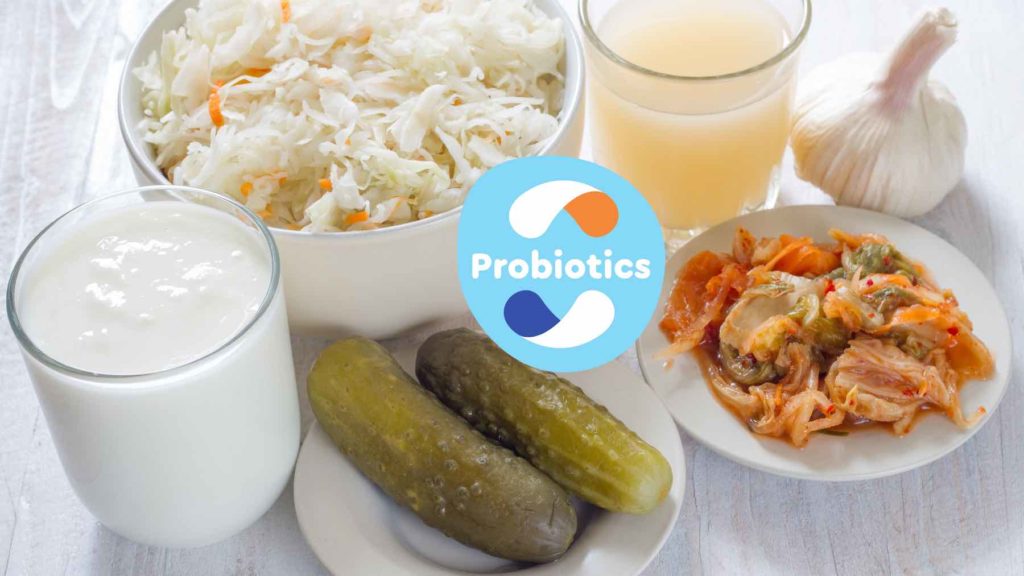
Good sources for probiotics are fermented dairy such as:
- Yogurt
- Kefir
- Fermented cheese (cottage cheese and parmesan)
Other fermented foods are:
- Sauerkraut
- Tempeh
- Kimchi
- Pickles
However, not all fermented foods have probiotics . Only probiotic foods have enough live organisms per serving to deliver a proven health benefit. For example, yogurt or other food that specifies on the ingredient list that it contains a specific probiotics strain.
I looked at the hospital menu and made sure to pick Greek yogurt for breakfast, lunch, and dinner. Also, I made sure to order an extra assortment of vegetables to get enough fiber. I also took a probiotics supplement.
Benefits of Prebiotics and Prebiotic Foods
It’s important to know that although all prebiotics are fiber, not all fiber is prebiotic. To be classified as a prebiotic fiber, it must be fermentable by the gut bacteria and promote growth and activity of the good bacteria in your gut, otherwise known as probiotics. Probiotics need prebiotics as food to grow and multiply.
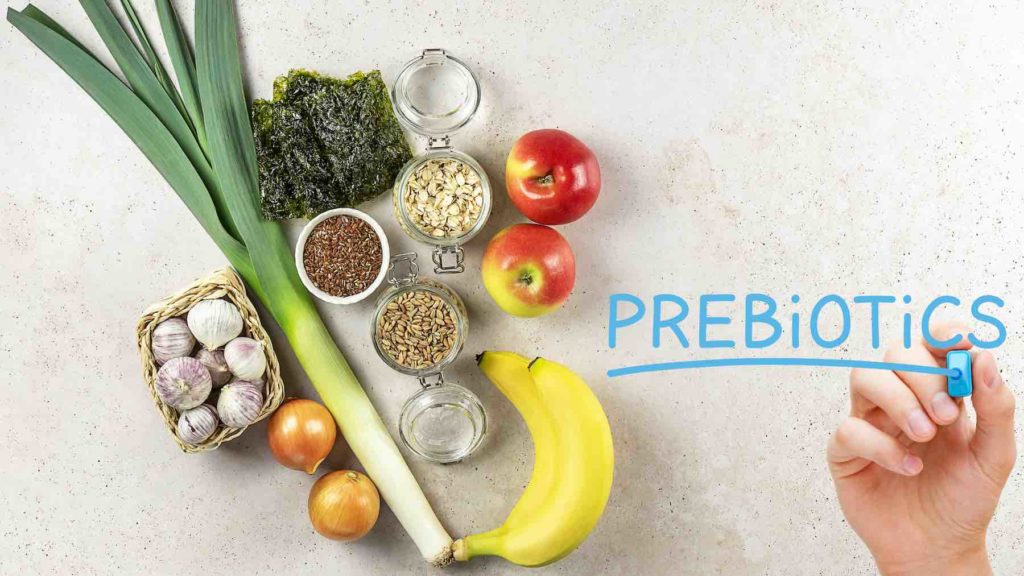
Should You Supplement With Probiotics and Prebiotics Pre and Post Antibiotic Treatment?
As a registered dietitian I recommend food first, but again, as you work on improving your diet for better digestive health, it’s worth considering a probiotic and prebiotic supplement. That way, you are getting the digestive and gut support you need while you work on improving your diet for a better gut.
Now, let’s take a closer look at MRSA – the reason behind diving into all of this talk on probiotics, prebiotics, and antibiotics.
What is MRSA and Why Is It So Serious?
Usually, staph bacteria don’t cause any harm. However, sometimes they get inside the body through a break in the skin and cause an infection. These infections are usually treated with antibiotics. When common antibiotics don’t kill the staph bacteria, it means the bacteria have become resistant to those antibiotics. This type of staph is called MRSA (Methicillin-Resistant Staphylococcus Aureus).
What Does MRSA Look Like?
Most often, MRSA causes infections on the skin. These infections may look like any one of the following:
- Large, red, painful bumps under the skin (called boils)
- A cut that is swollen, hot and filled with pus
- Blisters filled with fluid (called impetigo)
How Do You Get MRsA?
ANYONE can get MRSA. You can get MRSA the same way you can get a cold, such as by touching someone or something that has the bacteria on it and then touching your eyes or your nose. Washing your hands often reduces your chances of getting MRSA. It can live on surfaces and objects for months. However, it can be killed though proper cleaning methods.
How Contagious Is Someone When They Have MRSA?
MRSA is contagious and can be spread to other people through skin-to- skin contact. If one person in a family is infected with MRSA, the rest of the family may get it.
If Someone Has MRSA, Do You Need to Do Anything Special?
MRSA should ALWAYS be treated by a health care provider. It is important to follow the instructions for treatment that your provider gives you.
Your provider will open the sore and drain it. After the infection is drained, you must keep it covered until it heals.
MRSA is resistant to many antibiotics so it can be difficult to treat. However, there are antibiotics that can treat MRSA and make the infection go away. Your provider may culture your infection and have the lab test the bacteria to find out which antibiotic is best for you.
Probiotic and Prebiotic Recipes
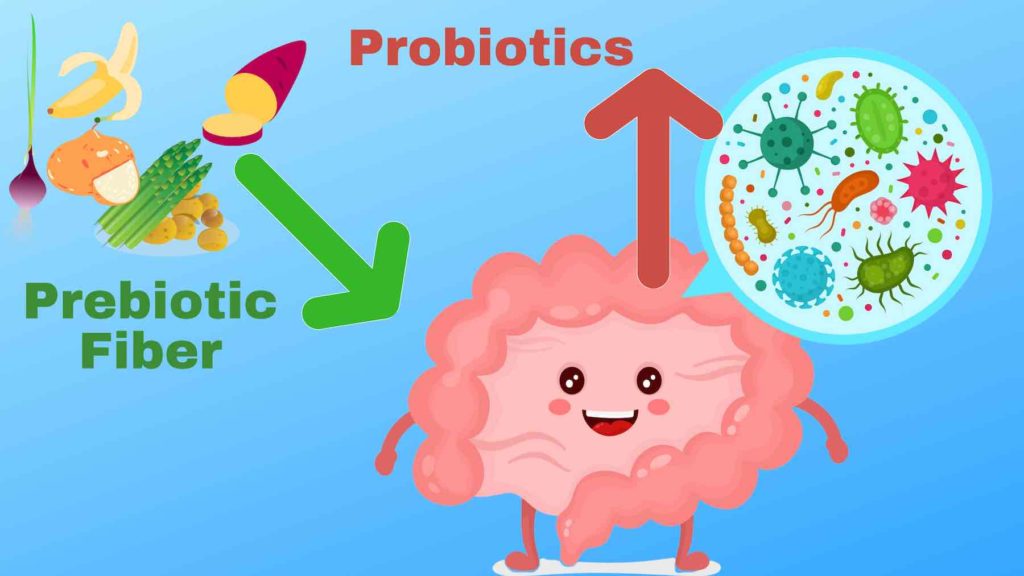
Now that we’ve covered the ins and outs of how to restore healthy gut flora, including topics like antibiotics, probiotics, prebiotics, the microbiome, and MRSA, let’s prepare some recipes with fermented foods that are probiotic, and other foods that contain prebiotics.
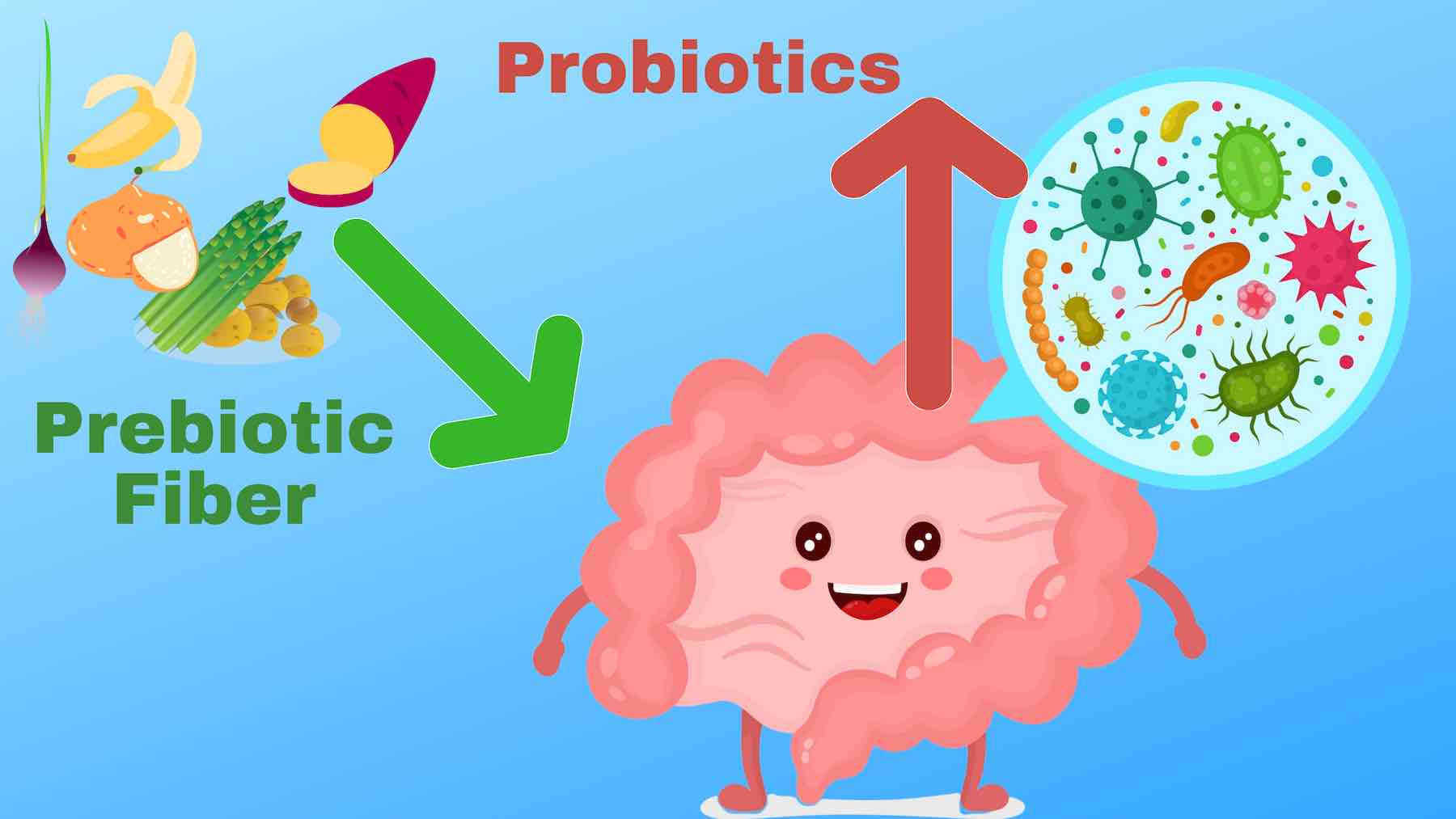
Equipment
- Blender
Ingredients
- 1 cup low-fat plain kefir probiotic
- ½ cup chunks of Mango prebiotic
- ½ cup low-fat cottage cheese with live cultures probiotics
- ¼ teaspoon cinnamon powder
- 1 tablespoon honey
Instructions
- Pour the kefir into a high-speed blender then add the remaining ingredients to the blender.
- Blend until smooth, pour into a glass, and enjoy.
Nutrition
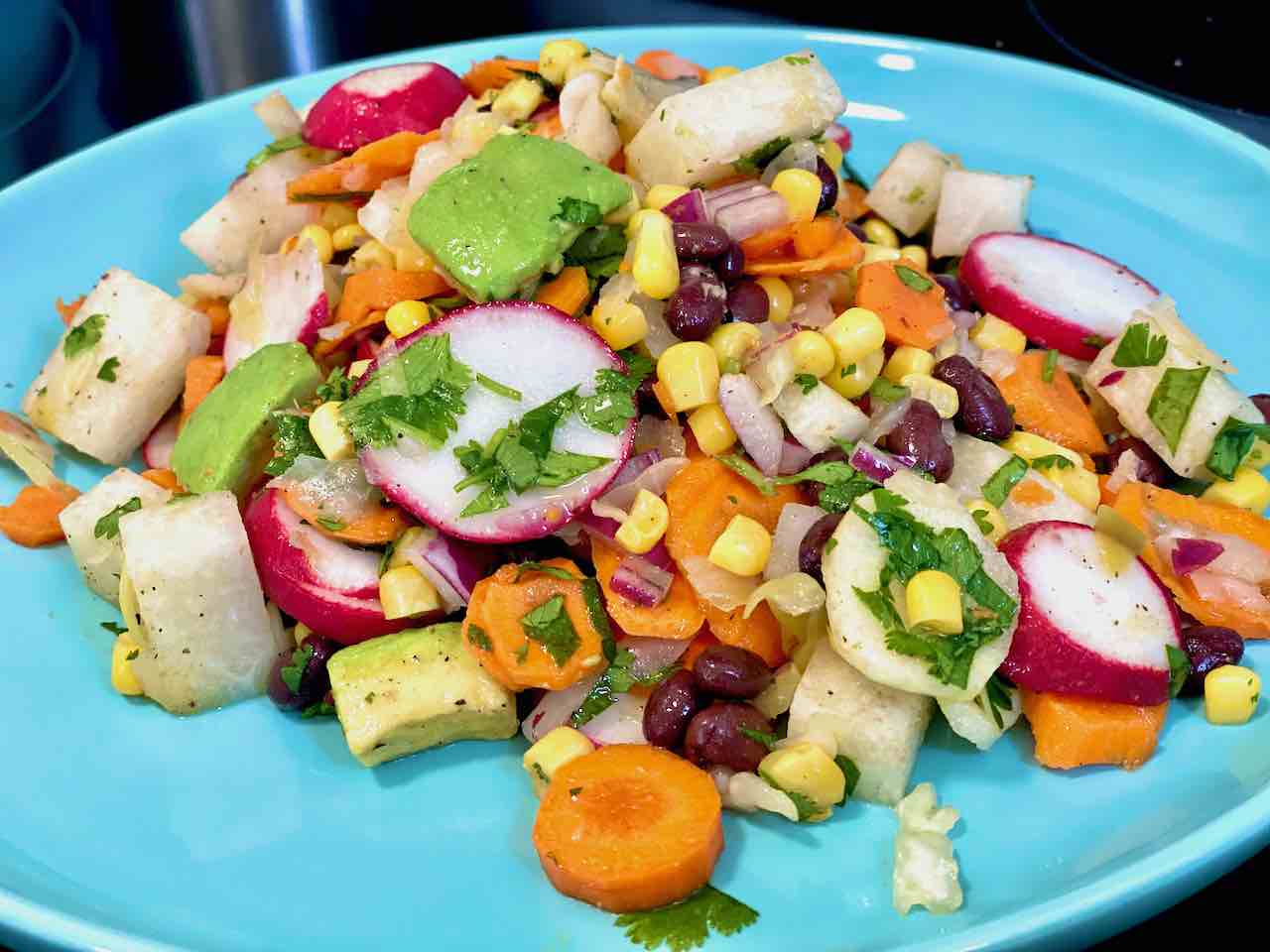
Equipment
- Large mixing bowl
Ingredients
- 3 6-inch carrots thinly sliced
- 5 radishes thinly sliced
- 2 cups frozen corn defrosted
- ¼ cup diced red onion prebiotic
- 1 15 ½-ounce cans black beans, drained and rinsed (prebiotic)
- 1½ cup sauerkraut with live cultures probiotics
- 1 avocado chunks
- 1 cup jicama sliced into small strips (prebiotic)
- 3 tablespoons rice vinegar
- 2 tablespoons extra virgin olive oil
- ½ cup cilantro chopped
- 1½ teaspoon sea salt
- ½ teaspoon black pepper
Instructions
- Combine all ingredients in a large mixing bowl. Mix until well-combined and enjoy.
Video
Nutrition
Looking for other probiotic recipes? Try some of these:





